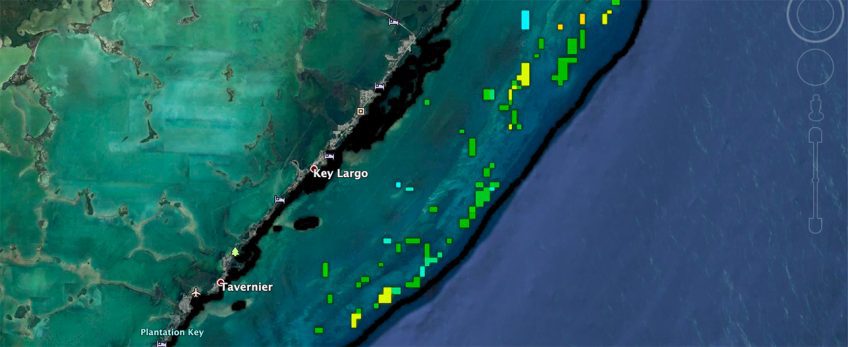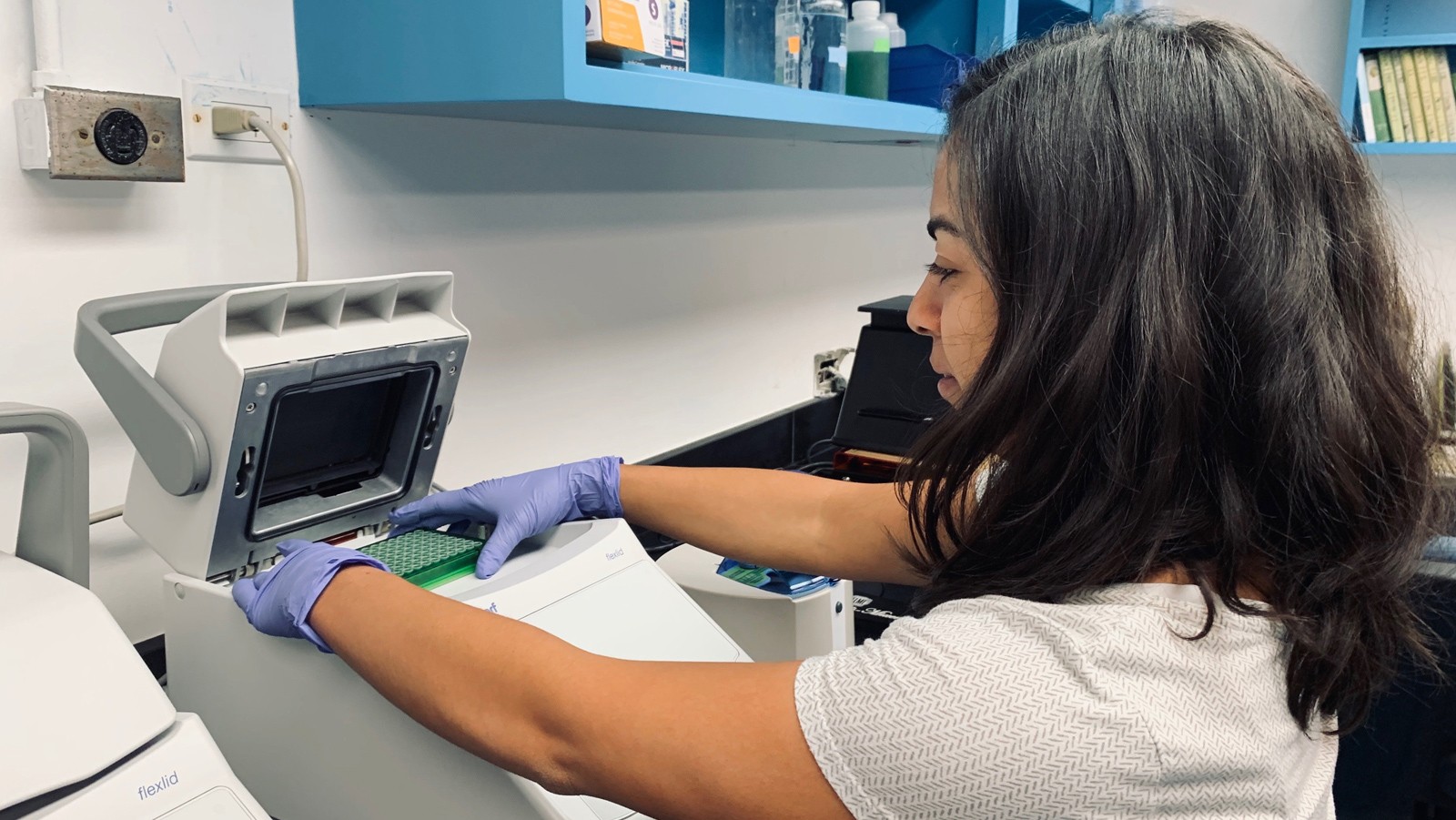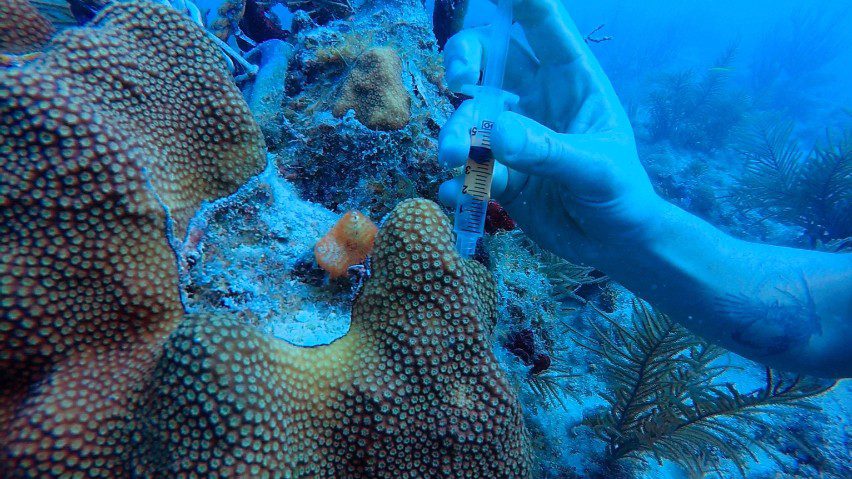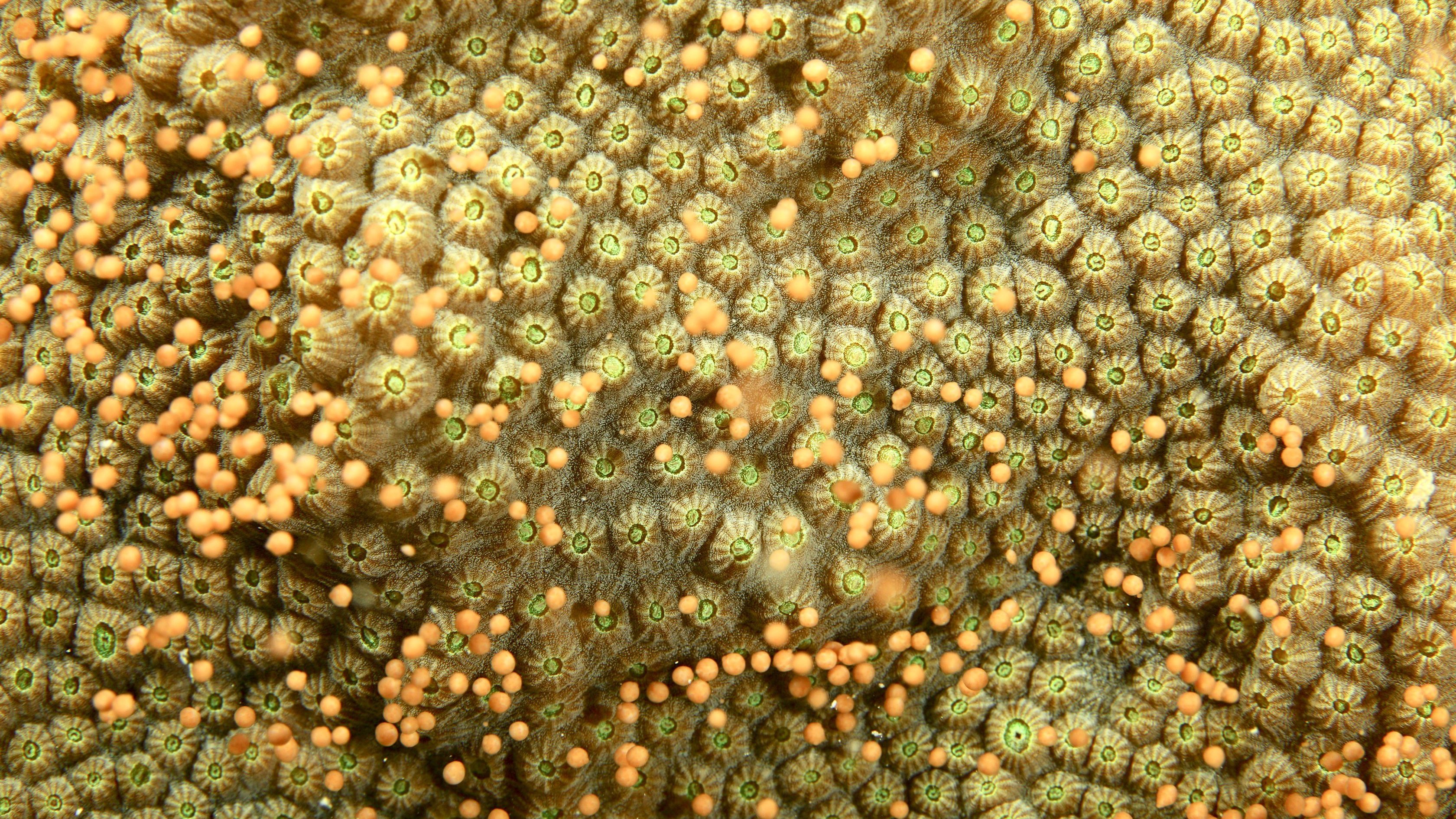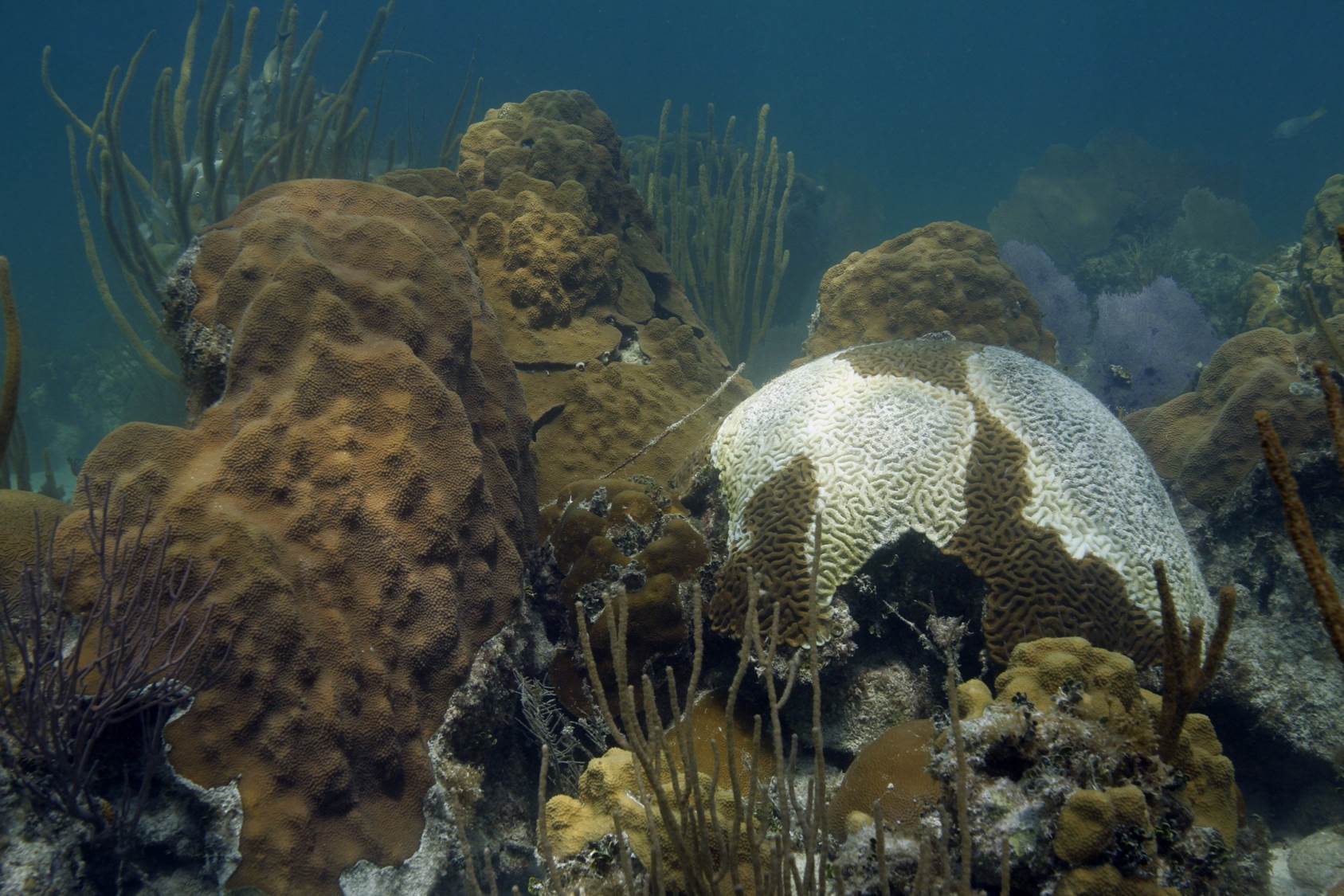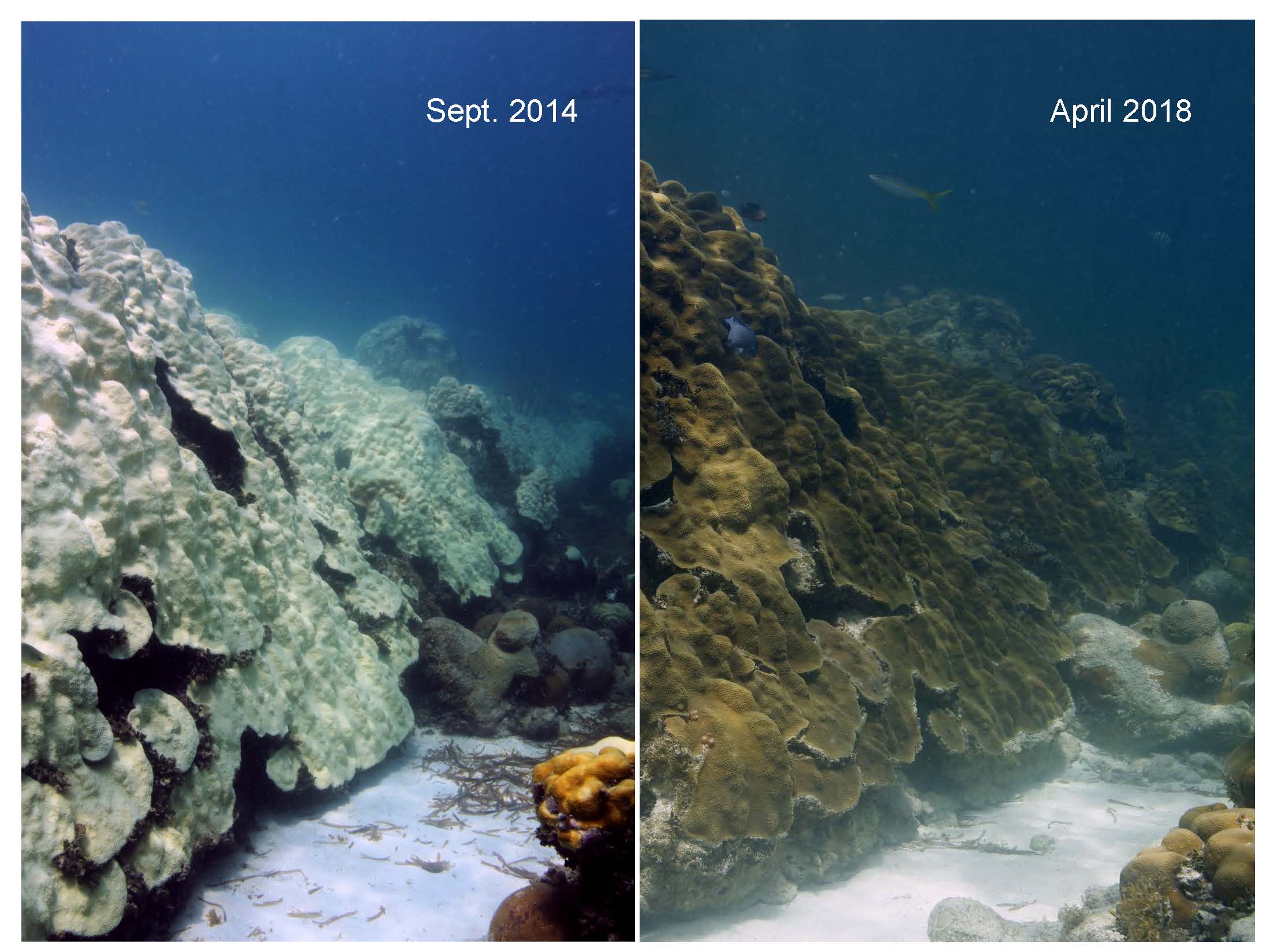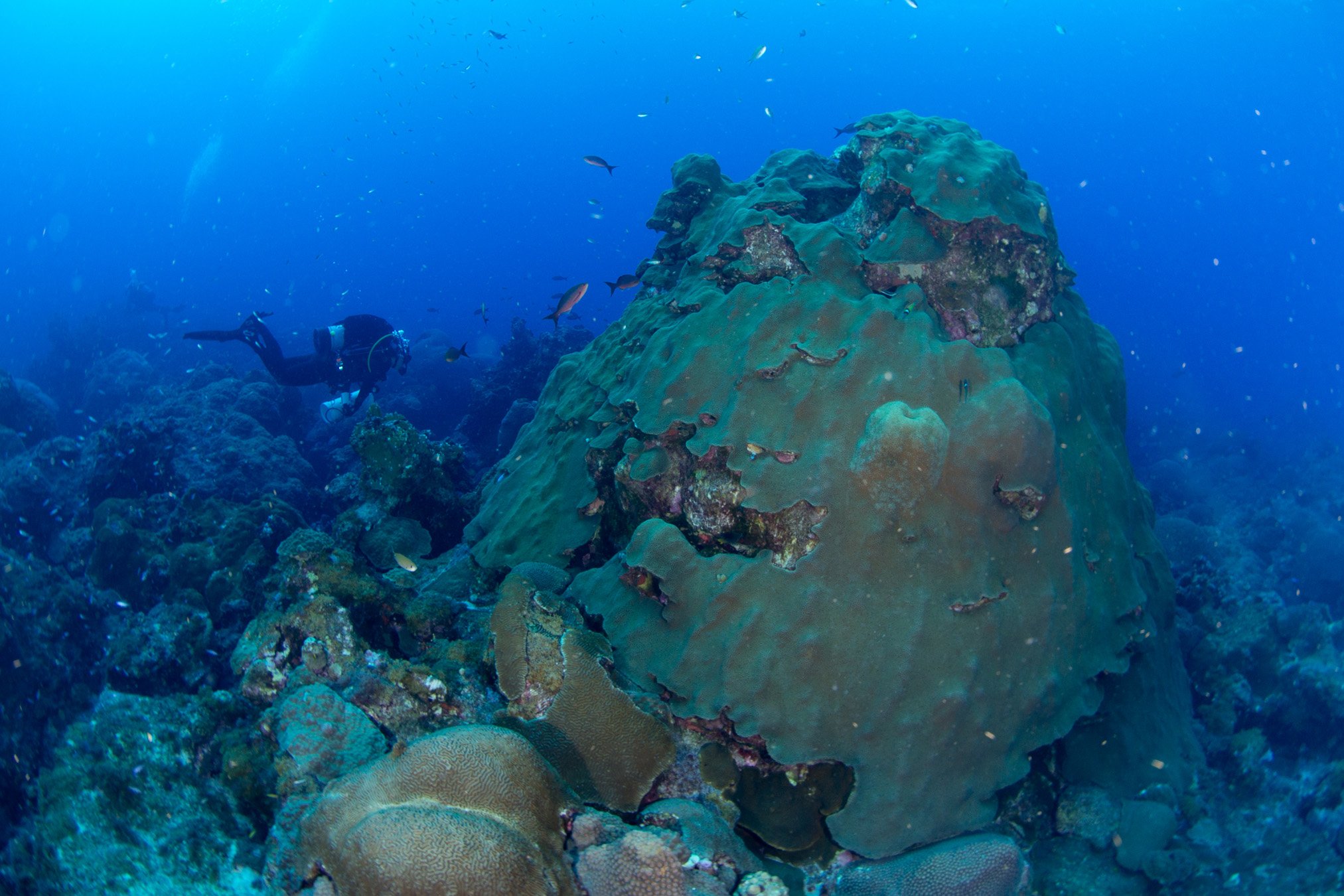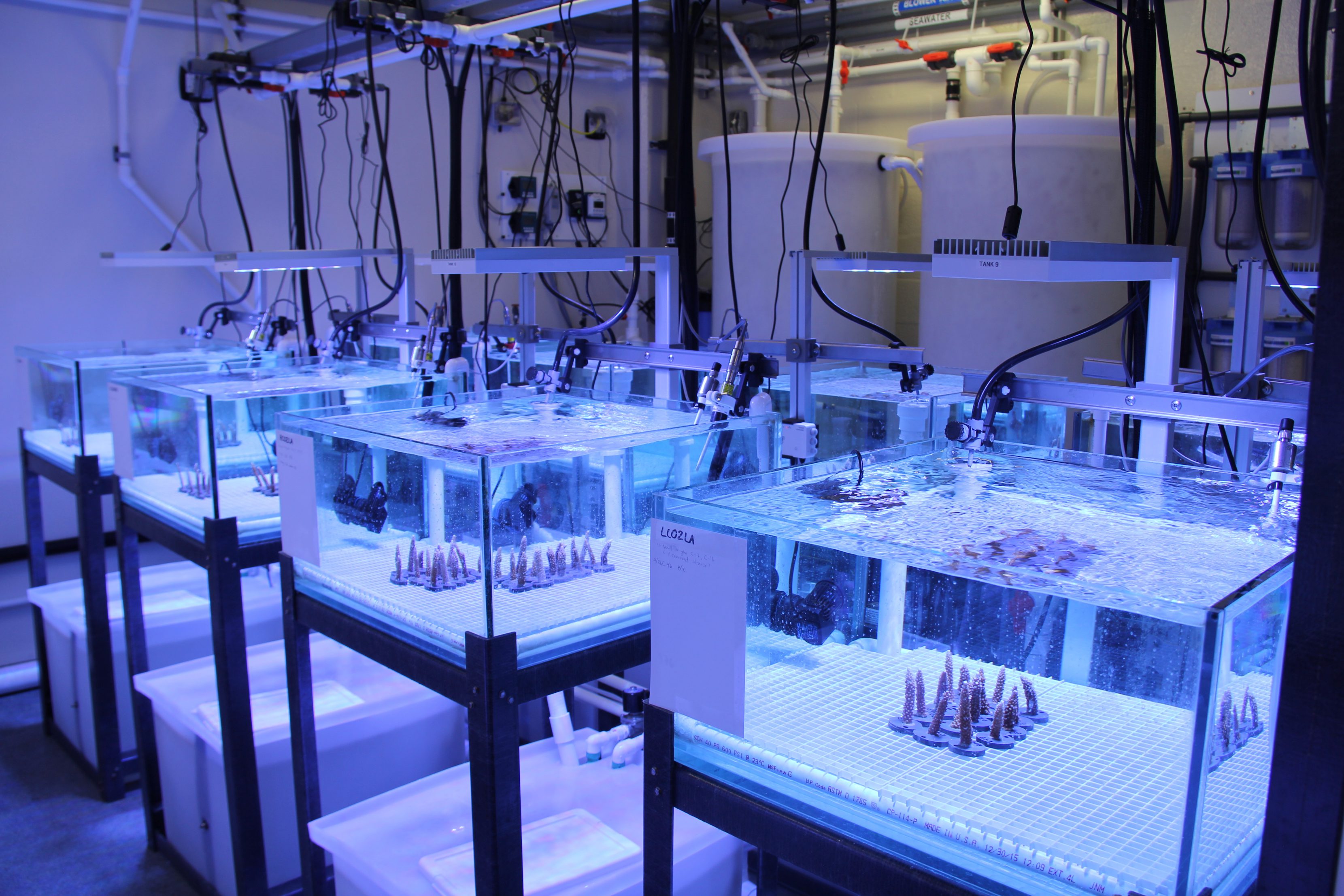New Experimental Tool Has the Potential to Improve Restoration Efforts for Coral Reefs
To help improve the long term survival of nursery raised staghorn coral (Acropora cervicornis), Ruben van Hooidonk, a coral scientist with NOAA’s Atlantic Oceanographic and Meteorological Laboratory and the Cooperative Institute for Marine and Atmospheric Studies has developed a new experimental mapping tool i that ranks suitable outplant locations. There are currently at least seven coral nurseries in Florida that cultivate staghorn coral, representing one of the best opportunities to maintain resilient populations of this species.
